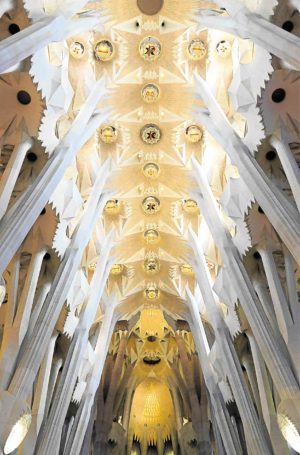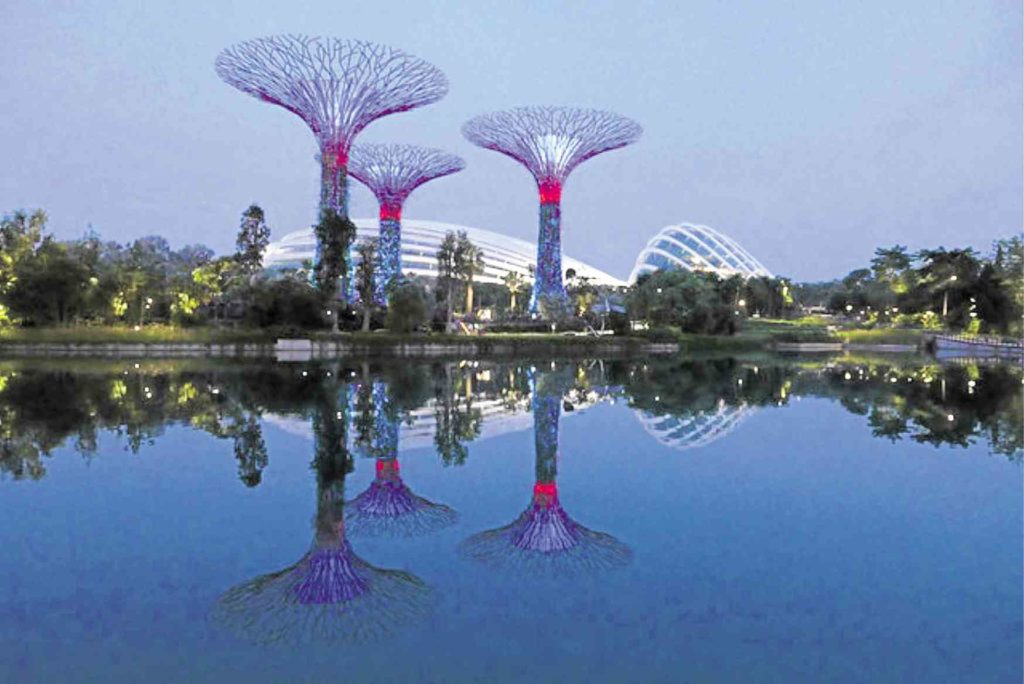Achieving living architecture

Six months may be too soon to mount a follow up to a major event. But for Sarri Tapales, director and producer of the architecture and arts festival Artkitektura, it was the public’s clamor that led her to come up with the second of a three-part learning program less than a year later.
Originally intended as an annual undertaking, Artkitektura was so well received when it launched in August 2017 with a soundscape of chirping birds by sound engineer Teresa Barozza at the Greenbelt Mall gardens, and a showcase of the key works of esteemed architect Francisco “Bobby” Mañosa at the Trinoma Mall.
Tapales recalled: “Everyone was telling us, ‘You can’t wait till next year, people need it now.’”
Living architecture
Artkitektura celebrates holistic approaches to architecture, a relatively new concept in the Philippines and Asia.
Tapales is passionate in particular about “living architecture,” a friendlier term to organic architecture, which is designed along the principles of nature and the human being.
“It starts with the human being as a point of reference—Why do you need this place? What sort of people are going to use this place?—and with the sense and spirit of a unique piece of land,” she explained.
Focusing on the theme “Movement and Flow in the Built Environment,” Artkitektura 2018 features talks, workshops, and a landmark exhibition that will tour the English-speaking world for the very first time, beginning with the Philippines.
Lecture series, workshops
At the Aretè in Ateneo de Manila University is a two-day lecture series that opens today, February 3, with “Flux, Flow, Self and the World: Exploring the Space Between” by Australian architect Gregory Burgess; “Weaving Living Architecture with Philippine Culture” by Filipino architect Jason Buensalido; and “Invisible Architecture: Environmental Architecture in Practice” by UK environmental engineer Patrick Bellew.
February 4’s lectures include: “Bamboo: An Alternative for Construction” by Colombian structural engineer Luis Lopez; “Places: Flowing Through History” by British architect Richard Coleman; and “Archeology of a City in Search of Identity” by Quezon City Vice Mayor Joy Belmonte. Workshops and study tours follow at the Vargas Museum, University of the Philippines, Diliman.
Vargas Museum is also the venue for the “International Exhibition on Living Architecture,” a rare and extensive display of images of projects from all over the world, capturing the relationship between architecture and the natural, social, and cultural life. Curated by Architect Pieter van der Ree, this Netherlands-based exhibition will be launched today and will run until March 31.
“It’s for anyone who is interested in architecture,” Tapales explained. “The shaping of a built environment doesn’t just rely on an architect.”

Trained dancer
The daughter of newspaper columnist Barbara “Tweetums” Gonzalez and great-granddaughter of national hero Dr. Jose Rizal, Tapales was a trained dancer who studied and worked in theater design and technology in New York before coming home to the Philippines in the late 1980s. She then handled lighting for the Philippine Educational Theater Association (Peta) and production design for a slew of TV commercials.
“Whenever they wanted a ‘foreign look,’ they called me in,” she said with a laugh. “I was like, ‘Oh no, what am I doing?’”
Burned out, she was at a crossroads when she enrolled her son in the first parent-toddler class at the Manila Waldorf School, which advocates Steiner’s holistic approach to education—learning that integrates the intellectual, practical, and creative development of a student.
Tapales, who was searching for more meaning in design, quit advertising and applied Steiner’s philosophies in her work as interior designer. She created healing spaces for children in private residences—simple, meditative rooms that were gentle to the senses. Clients responded positively to Tapales’ feel-good spaces and commissioned her to style other parts of their homes.
Surprisingly, it doesn’t take much to achieve living architecture in our personal spaces, and we don’t even have to embrace a neutral color scheme or purge a room of perceived clutter.
“I think the first thing we need to do is understand where we are in our lives and what kind of environment we need to feel supported,” Tapales said.
“Ask yourself: How do I feel in this space? Does it reflect who I am? Just tune into yourself and be conscious of what you need and feel,” she added.
For more information on the lectures and workshops, log on to artkitekturafestival.com
